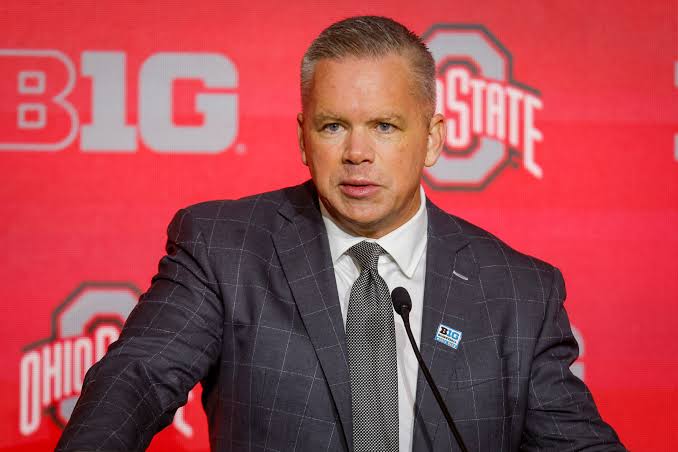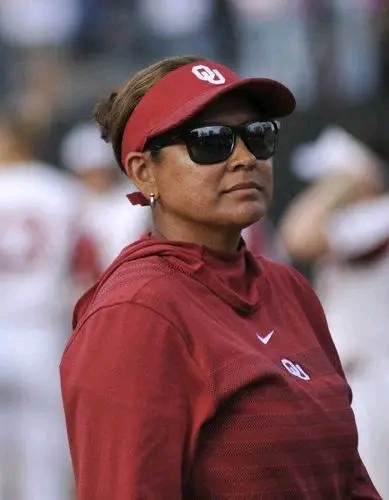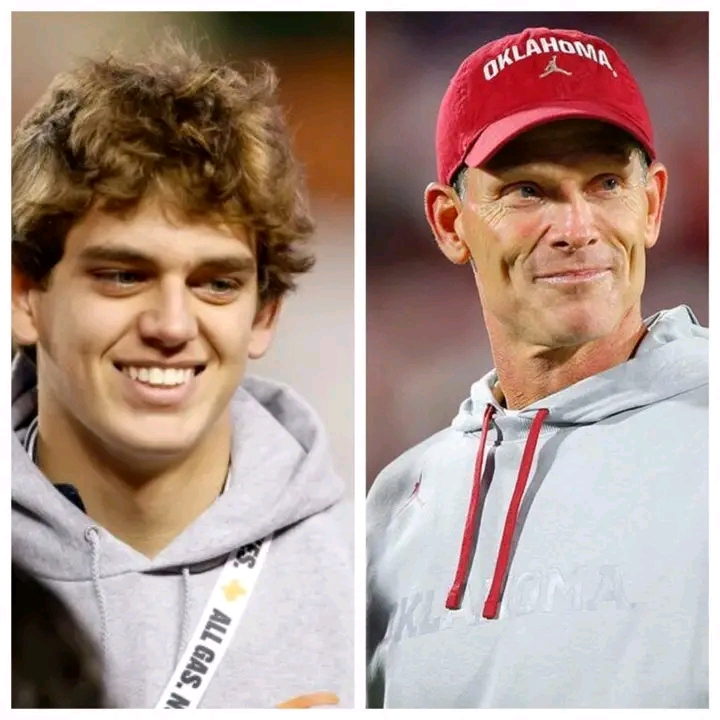
Ohio State University has officially announced a groundbreaking $18 million Name, Image, and Likeness (NIL) distribution plan that will directly compensate student-athletes across several key programs. The university’s athletic department will oversee the payout, with football and men’s basketball expected to receive the largest share of the funds. This bold move firmly places Ohio State at the forefront of a rapidly changing collegiate sports landscape and signals a new era in how athletic programs support their student-athletes.
The funds, set to be distributed beginning July 1, represent one of the most comprehensive and structured NIL strategies in the country. While many schools rely on third-party collectives or donor-driven NIL deals, Ohio State is taking a more centralized, institutionally managed approach, aiming to streamline how athletes are compensated for their role in promoting the university’s brand and generating media visibility.
Under this plan, athletes in football, men’s basketball, women’s basketball, and women’s volleyball will be eligible to receive NIL payments directly managed by the athletic department. However, sources within the program have confirmed that the majority of the $18 million will be allocated to the football and men’s basketball programs, due to their higher revenue generation and national profile.
Athletic Director Gene Smith explained the rationale behind the decision, emphasizing fairness, transparency, and competitive relevance.
“This initiative ensures that our student-athletes are appropriately rewarded for the value they bring to Ohio State,” Smith said. “They’re not just athletes—they’re ambassadors of our university and some of the most visible figures in collegiate sports. With this NIL distribution model, we’re committing to a more equitable, sustainable future.”
According to internal estimates, the football team alone could account for over half of the total NIL allocation, with individual players receiving compensation based on playing time, position, media visibility, and leadership roles. Similarly, top men’s basketball players—often national recruits and potential NBA prospects—will be rewarded in line with their market value and contributions.
This model goes beyond traditional NIL arrangements, which often rely on athletes finding sponsorship deals or endorsements independently. Instead, Ohio State’s plan treats NIL as a structured, institutionalized part of the athlete experience. It recognizes the university’s direct role in branding, media rights, and merchandise sales that often benefit from athlete likenesses.
The university is also taking steps to ensure compliance with Title IX, offering NIL support to female athletes, particularly in women’s basketball and women’s volleyball. Though these sports will not receive the same dollar amount as football or men’s basketball, Ohio State has pledged to maintain proportional opportunities and compensation structures.
Reactions to the announcement have been swift and largely positive. Athletes and their families have expressed relief and excitement, seeing it as a sign that their efforts and sacrifices are being fully acknowledged. For many, the program offers both financial support and a sense of institutional validation.
“It’s not just about the money,” said one current Buckeye football player. “It’s about the respect. It’s about Ohio State showing us that we matter—not just on Saturdays, but every day we wear the uniform.”
Recruiting analysts have noted that this move could give Ohio State a major edge in the increasingly competitive race for top-tier high school prospects. The ability to guarantee structured NIL compensation, along with world-class facilities and national exposure, makes the Buckeyes one of the most attractive destinations in college sports.
However, not all reactions have been without caution. Critics have raised concerns about the long-term sustainability of such large-scale distributions, especially in non-revenue-generating sports. There are also broader questions about whether this signals the inevitable professionalization of college athletics—and what that means for the NCAA’s role and regulatory framework moving forward.
Still, for now, Ohio State is being praised as a forward-thinking institution that is not afraid to lead. By formalizing its NIL strategy and putting significant financial resources behind it, the university is demonstrating a clear commitment to supporting its athletes in ways that match the modern demands of the sport.
With July 1 quickly approaching, the Buckeyes are preparing to turn the page and set a new standard for NIL in college sports. Whether this becomes a national trend or remains a Buckeye-driven innovation, one thing is certain: the days of unpaid, unrecognized labor in high-revenue college sports are nearing their end—and Ohio State is helping write that next chapter.




